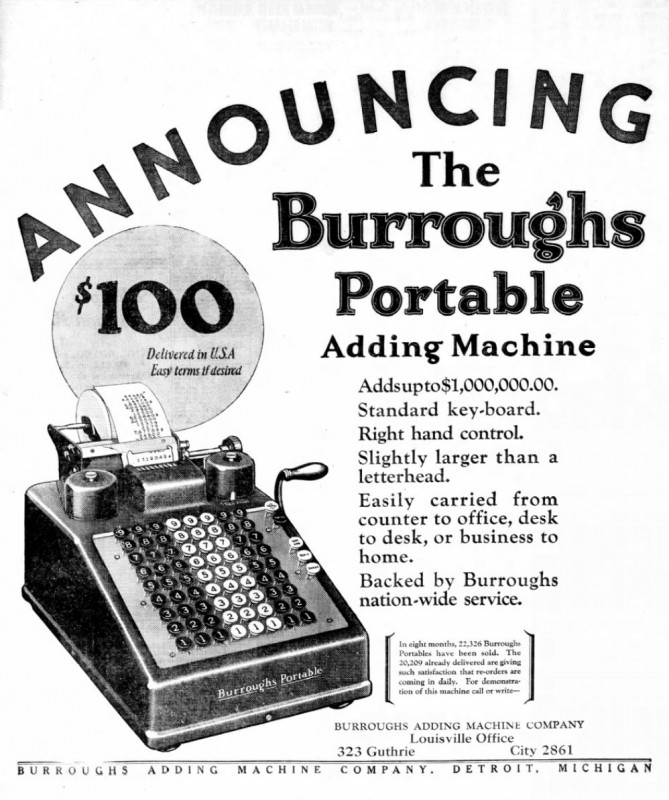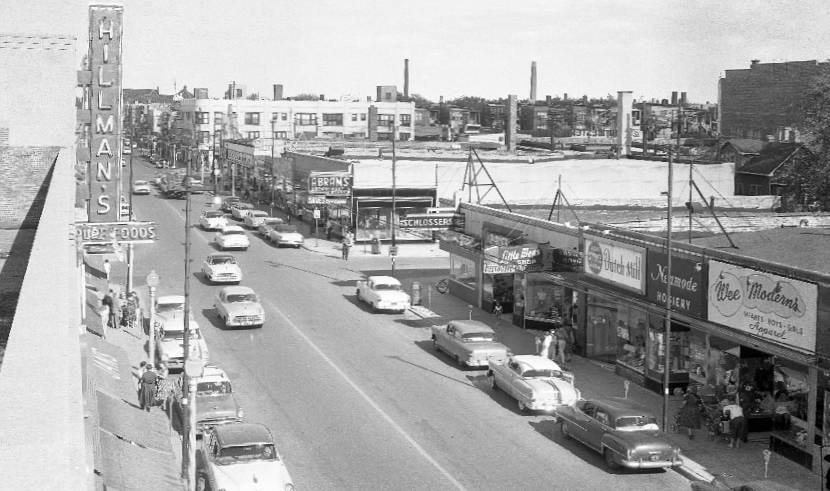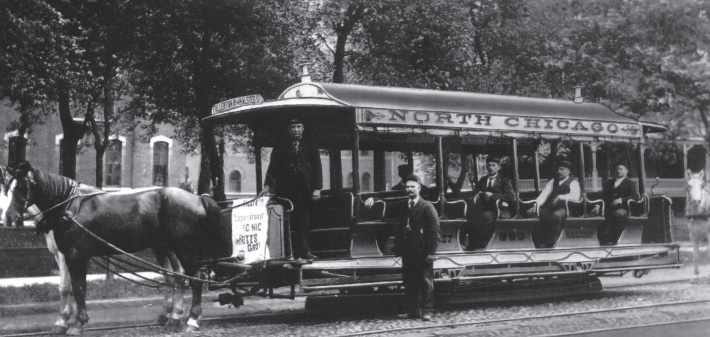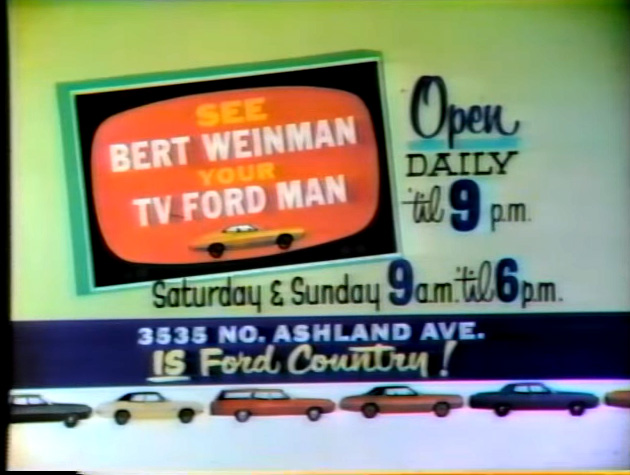
If you could come back to life for just a day, I would love to tell you about today’s Chicago, the way we travel, shop and communicate. You died in 1959 at the early age of 54 when I was only 14. If you could come back to us and your Chicago for just one day, here is what I would love to tell you.

Back then you only knew propeller driven airplanes out of Midway Airport

To reach others, your Bell System dial telephone was connected to the wall by a wire. You put a three cent stamp on a letter.


At work you typed that letter in duplicate using a typewriter and a sheet of carbon paper. You added and subtracted on a mechanical adding machine.

You shopped at bakeries and dime stores on Devon Avenue. There was Crawfords and Abrams, Hobbymodels and Hillman’s.
Closer to home there was Pete’s grocery store, a butcher shop, and Sanders drugstore on Pratt. Helga’s delicatessen was just a block north on Western .

If you drove a bit farther to Lincoln Village or Wieboldt’s at Lincoln and Belmont, gas was only about $.16 a gallon. a fill-up could be as low as $2!
Your first car was a 1928 used Chevrolet, you are last was a used 1954 model. Your mother called them “machines”. And you rode the old red street cars and later the Green Hornet, which ended on June 21, 1958.
Continue reading “Dear Dad: Your Chicago has changed!”






